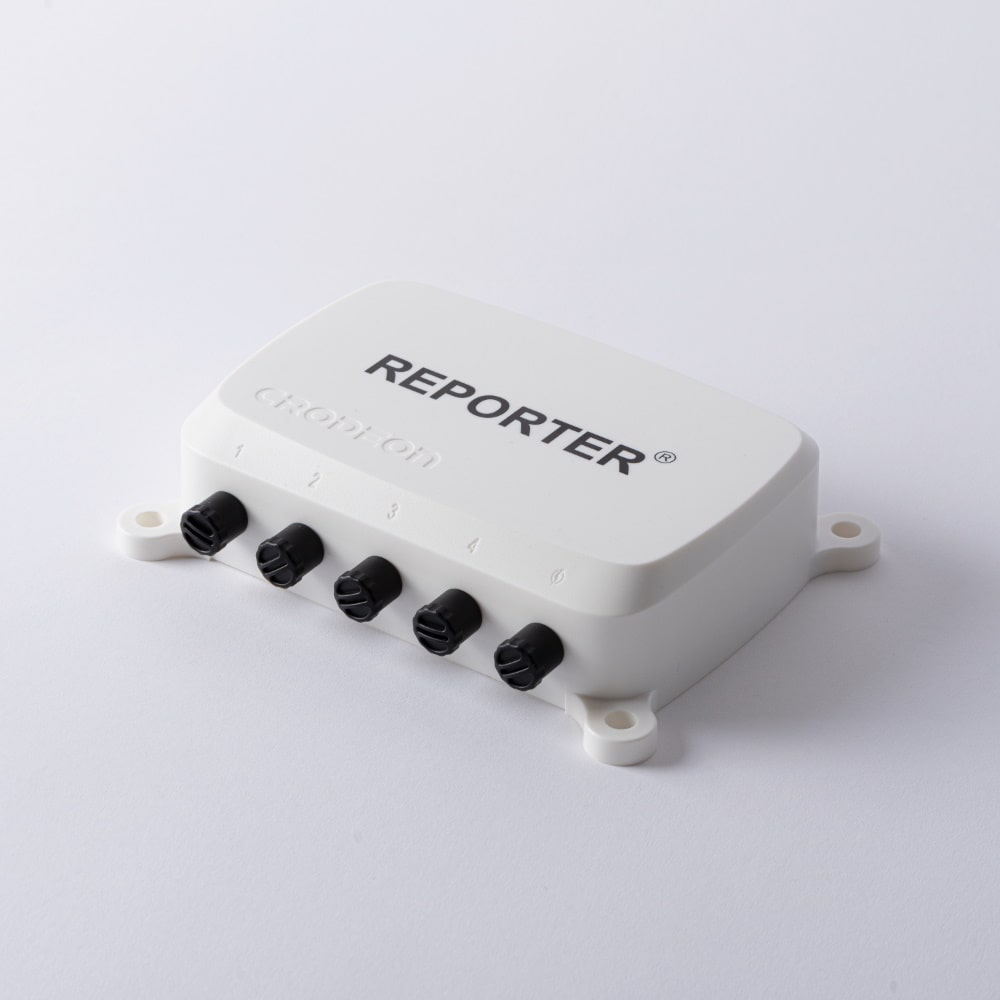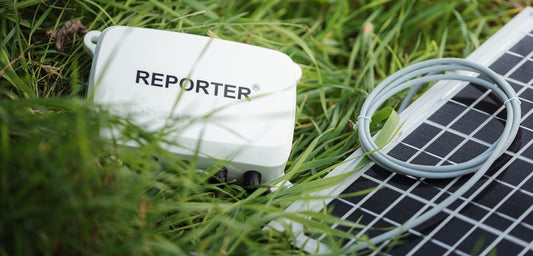The effect of wind on measuring particulate matter

In this blogpost we investigate what particulate matter is, and talk about the effects of wind on these PM measurements. At the end we give an example of a sensor setup that you can use to start measuring particulate matter yourself.
What is Particulate Matter?
Particulate matter is a mixture of solid and liquid particles suspended in the air.
The most common sources of PM emissions are mobile and stationary emissions from both natural and anthropogenic sources. Smoke from fire or wood stoves is also an important source of harmful dust particles.
Some scientists believe that one of the most important causes of mortality in the world today is exposure to particulate matter. It has been linked to heart and lung diseases, respiratory diseases, and cancers.
The different types of particulate matter vary in size. There are several important standards, of which PM1, PM2.5, PM4 and PM10 are the most commonly used. PM1 stands for particles smaller than 1 micron in diameter, while PM2.5 measures particles smaller than 2.5 microns in diameter, and so on.
What are the health implications of PM Exposure?
PM1 and PM2.5 air pollution particles are dangerous because they are hazardous to your health. They enter the lungs and trigger serious medical complications like a heart attack, stroke, and lung cancer. These particles also cause chronic respiratory ailments like asthma, bronchitis or other allergies that can affect people’s general health over time.
Measuring PM used to be an expensive endeavor, requiring complex scientific devices. However, over the past decade a number of low-cost sensors have come to the market. More about this below.
The impact of wind on particulate matter measurements
Particulate matter measurements are heavily affected by wind speed and direction, as stated by a Polish study published in 2020. With low wind speeds, higher PM values were measured. Particles were also found to follow the wind direction as measured by a network of stations in one area.

The winds blow from different directions at different speeds, which means that the measurements will be different indoors and outdoors. The height at which the particulate matter sensor is mounted is also important. For example, in windy conditions, an air quality sensor installed on top of a building might pick up more particles than one installed on a lower height near a highway due to winds carrying pollution from the highway towards it.
How to start measuring PM today
One of the most widely used affordable PM sensors is the Sensirion SPS30. Read more about how this sensor works on the website of Sensirion. An example of a ready-made version of this sensor with enclosure for outdoor use can be found in our webshop. We also offer a wind sensor that is compatible with Reporter, the wireless gateway.
Data is transmitted using a gsm connection to the cloud, where we were able to access it using the Rest API. Get in touch if you want to know more about how we built this. We would advise you not to reinvent the wheel and use technology that is available on the market today. Start your own measurement project and let us know how it goes!
Sources
Cichowicz, R., Wielgosiński, G. & Fetter, W. Effect of wind speed on the level of particulate matter PM10 concentration in atmospheric air during winter season in vicinity of large combustion plant. J Atmos Chem 77, 35–48 (2020).










